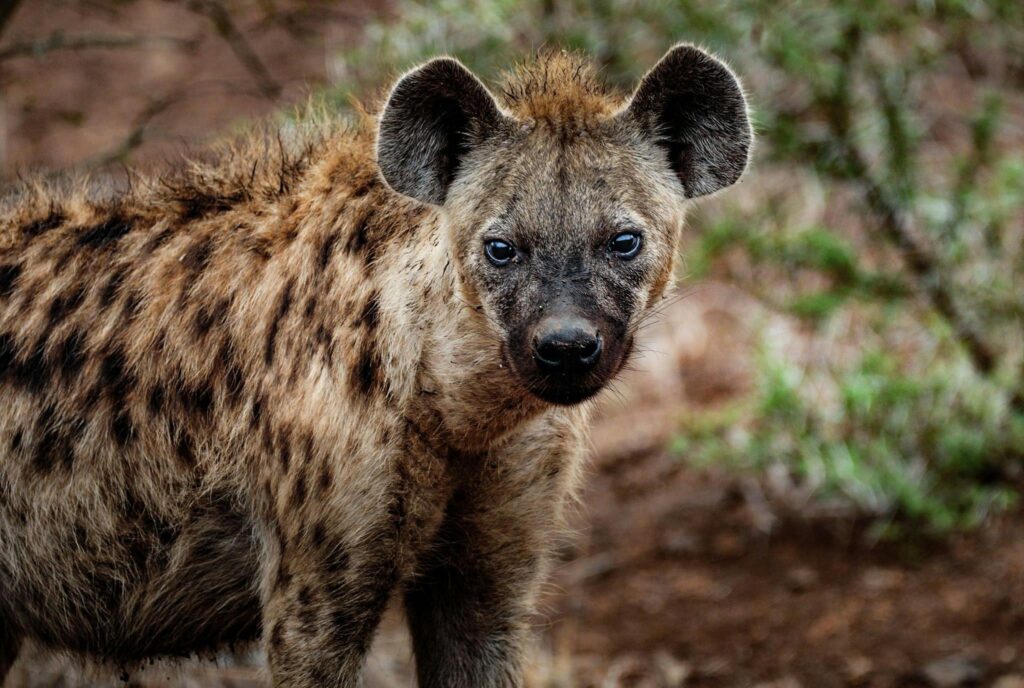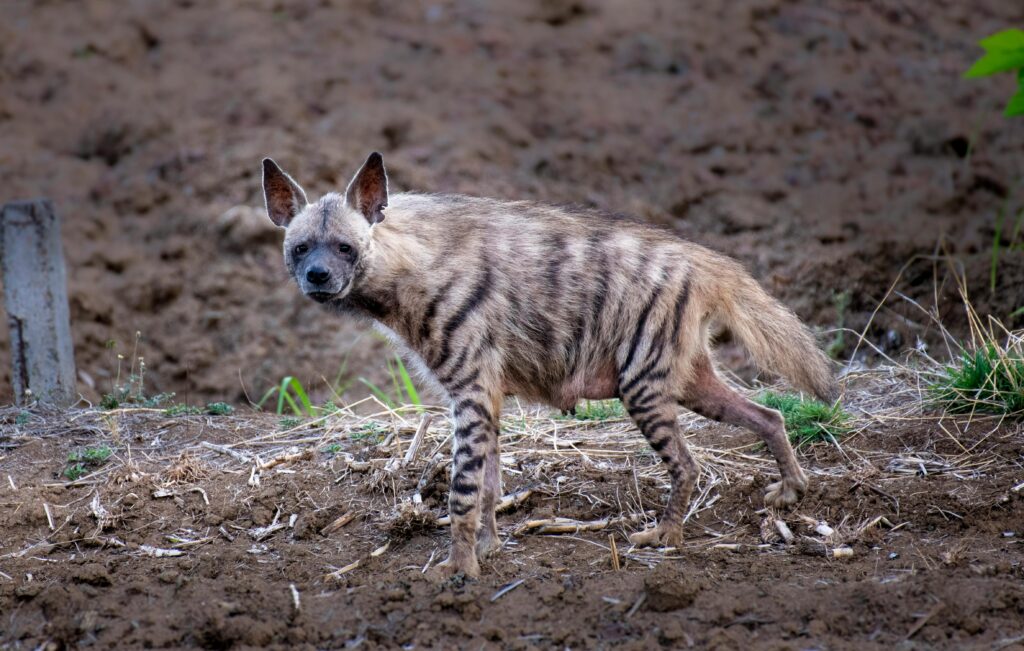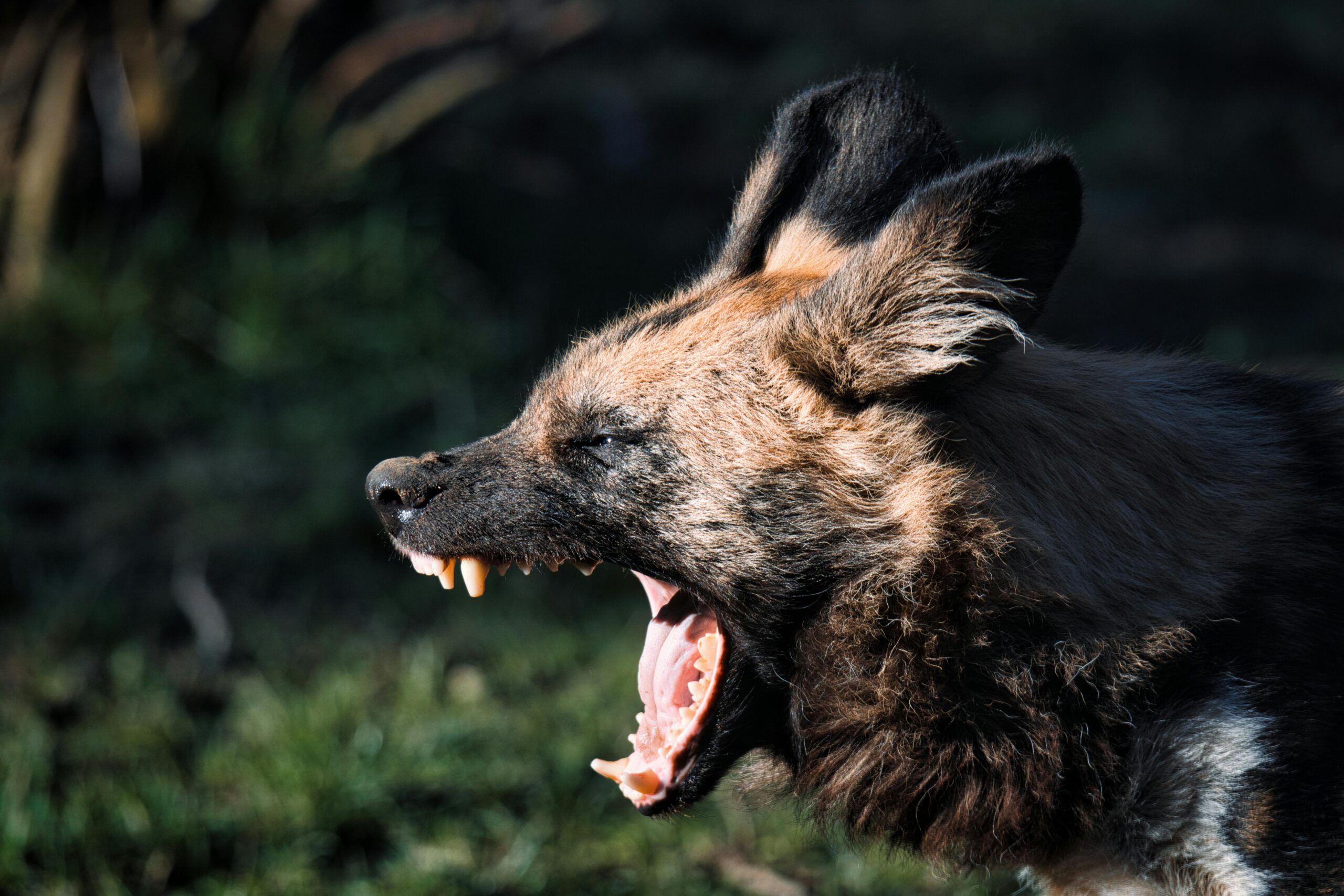Introduction Hyenas often evoke a mix of fascination and fear in people’s minds. These enigmatic creatures, found primarily in Africa and parts of Asia, have long been misunderstood. In this article, we delve deep into the world of hyenas, uncovering 10 intriguing facts that shed light on their behavior, ecology, and significance in the natural world.

Hyena: Africa’s Iconic Predator
Hyenas, scientifically known as Hyaenidae, are carnivorous mammals native to Africa and parts of Asia. Despite their appearance, hyenas are more closely related to cats than dogs. Let’s explore some remarkable aspects of these iconic predators.
The Hyena’s Formidable Reputation
Hyenas have earned a fearsome reputation in popular culture, often depicted as ruthless scavengers. However, they are skilled hunters capable of taking down prey much larger than themselves.
Diverse Species of Hyenas
Contrary to popular belief, there are not just one but several species of hyenas. The most well-known are the spotted hyena, brown hyena, and striped hyena. Each species has its own unique characteristics and behaviors.

Adaptations for Survival
Hyenas have evolved a range of adaptations that make them highly efficient predators. From powerful jaws capable of crushing bones to keen senses of smell and hearing, these adaptations enable hyenas to thrive in diverse environments.
Social Structure: The Hyena Clan
Hyenas are highly social animals that live in groups known as clans. These clans are typically led by a dominant female, who holds a position of authority within the group. Cooperation and hierarchy are essential for the clan’s survival.
Intriguing Communication
Hyenas communicate through a variety of vocalizations, including whoops, growls, and giggles. These sounds play a crucial role in maintaining social bonds within the clan and coordinating group activities such as hunting.
Ecological Role of Hyenas
As apex predators, hyenas play a vital role in maintaining ecosystem balance. By controlling herbivore populations and scavenging carrion, they help regulate the food chain and prevent overgrazing in certain habitats.
Hyenas as Symbolic Icons
In many African cultures, hyenas hold symbolic significance. They are often associated with cunning, bravery, and even supernatural powers. Understanding these cultural perceptions sheds light on the complex relationship between humans and hyenas.
Threats to Hyena Populations
Despite their adaptability, hyenas face numerous threats in the wild, including habitat loss, poaching, and conflict with humans. Conservation efforts are crucial for ensuring the long-term survival of these fascinating creatures.

Hyenas in Popular Culture
Hyenas have captured the imagination of people around the world and are frequently featured in literature, art, and folklore. From ancient mythology to modern-day media, they continue to intrigue and inspire.
The Future of Hyenas
As our understanding of hyenas deepens, so too does our responsibility to protect them. By raising awareness and supporting conservation initiatives, we can ensure a brighter future for these iconic predators.




